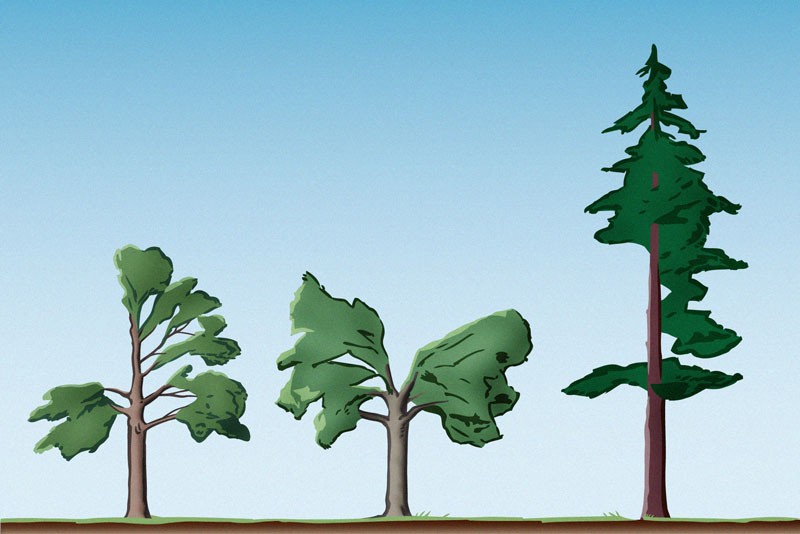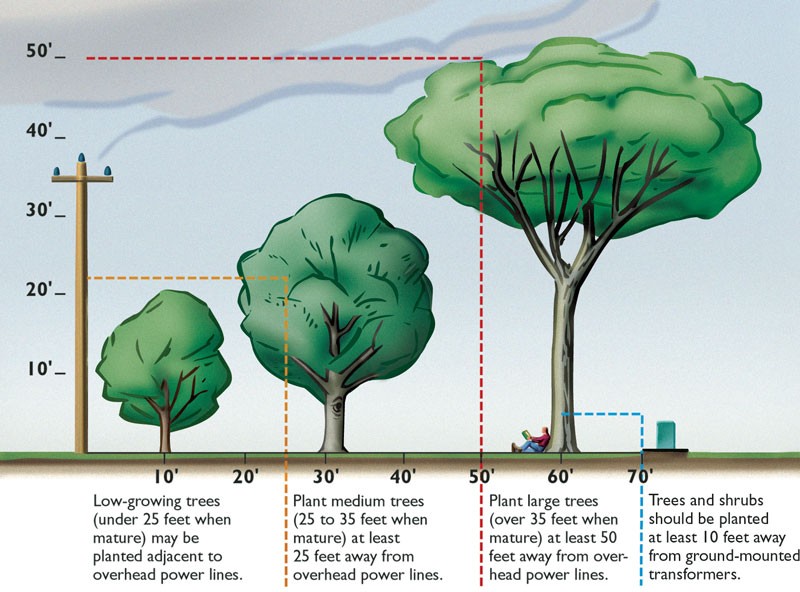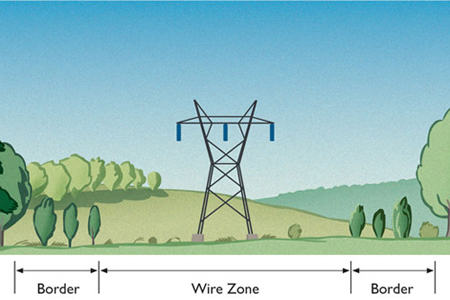Tree pruning & planting
Beautiful and essential, trees make our neighborhoods more livable, our homes more energy efficient and our lives more vibrant and healthy.
Trees can also interfere with power lines, causing outages or creating other hazards. Through our award-winning vegetation management program, our professional arborists and crews help ensure electric safety and service reliability.

Small Trees for Small Places booklet
Learn what types of trees to plant near power lines.
Small Trees for Small Places booklet
About tree planting and pruning
How much do we prune?
Pruning clearances depend on tree species and growth patterns and the voltage of nearby power lines. Around distribution lines, which are typically found in neighborhoods, we provide at least 10-14 feet of clearance. Here are some shapes you may expect from properly pruned trees:

Tips for planting
To reduce the need for future pruning, it's best to choose an appropriate tree for the space:
- Low-growing trees (under 25 feet when mature) may be planted near overhead power lines.
- Trees that grow taller than 25 feet should be planted at least 25 feet away from lines.
- Trees that grow taller than 35 feet should be planted 50 feet away from overhead lines.
- Trees and shrubs should be planted at least 10 feet away from ground-mounted transformers.
For your safety, please call 811 at least 48 hours before you plant to have underground utilities located.
To help save on energy costs, keep these tips in mind when planting:
- Plant deciduous trees facing southeast and southwest for summer shade and winter sun.
- Shrubs and small trees can be placed to shade air conditioners and heat pumps. Be careful not to block air flow, and consider ways to keep units free of leaves and needles.
For more tips and information on how to plant trees to save on energy costs, visit:

